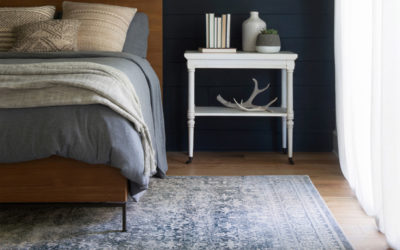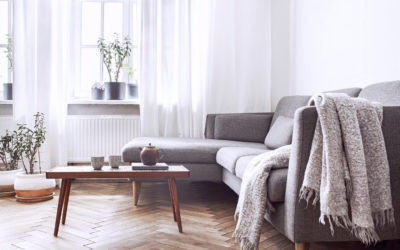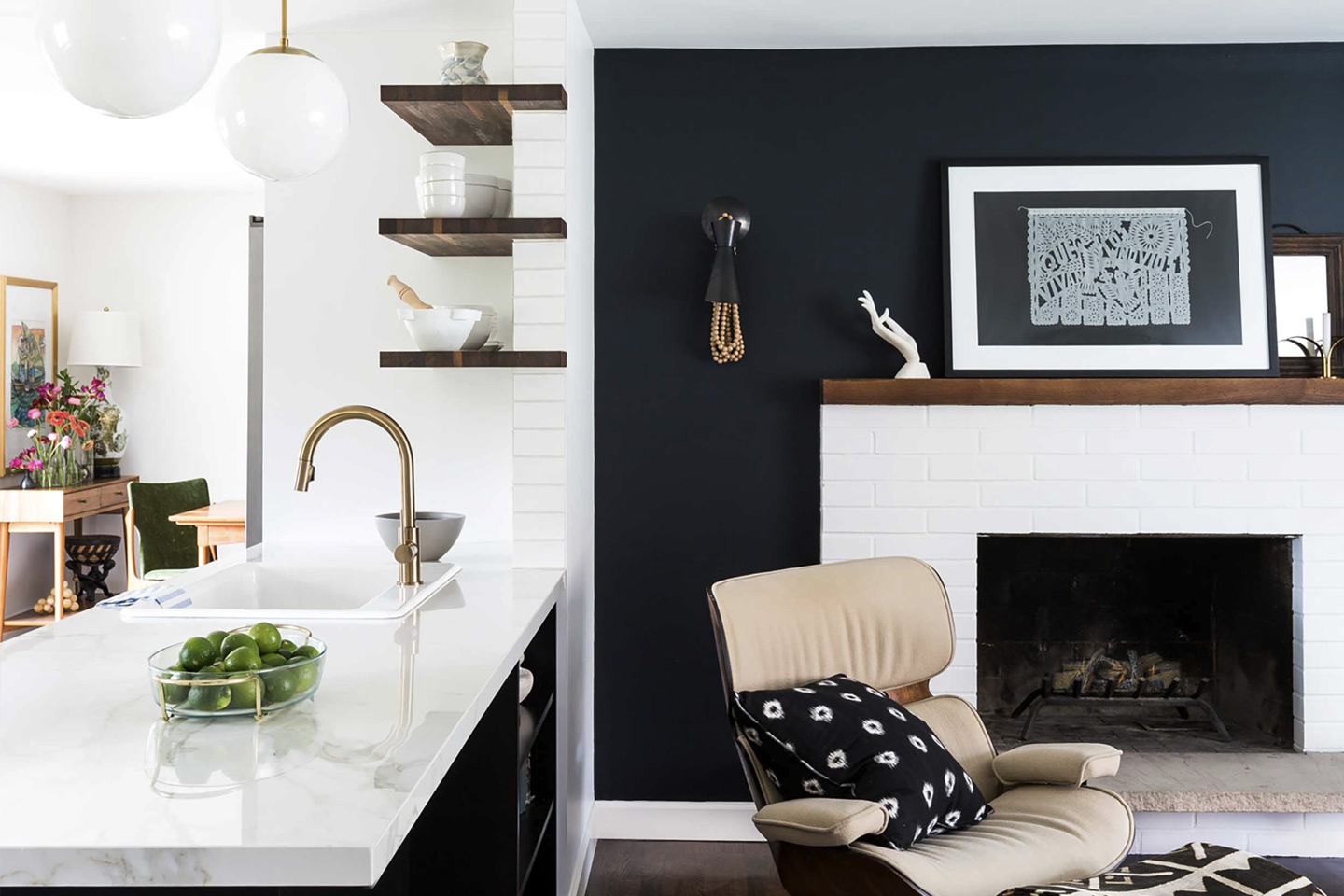
Clever Accent Walls
The idea of an accent wall may sound like an exciting way to add pop to a room, and it’s certainly easier than painting all of the walls but don’t break open that can of paint just yet. Your room needs to meet certain criteria in order to pull off a successful accent wall, so it doesn’t end up looking like a mistake.
What is an accent wall (a.k.a. “feature wall”), you ask? The term, coined by Melville Emerson Hurd in 1966, describes a wall that is either painted or has added texture different from the other walls in the room. An accent wall can be used to highlight architectural features, alcoves, define spaces, or simply to add contrast. They work best when they are thoughtful and have purpose. Be clever with your accent wall. Here are some things to consider when deciding if an accent wall is right for your space.
Room Size
First, let’s talk space. An accent wall by nature creates contrast between all of the other walls. So, if your room is on the small side, sometimes it can make the room feel smaller. Walls are the backdrop of a room, and added contrast visually breaks them up, resulting in a subconscious analysis of the room’s perimeter. If your room is say 200 sq. ft. or less, you might want to pass on a dramatic accent wall and do something more subtle, like a tone-on-tone pattern, versus a dark, bold paint. If your room is medium to large, especially long and narrow, an accent wall works nicely to help the eye move down the room and/or provide focus to living spaces, such as beds, sofas, or dining tables.
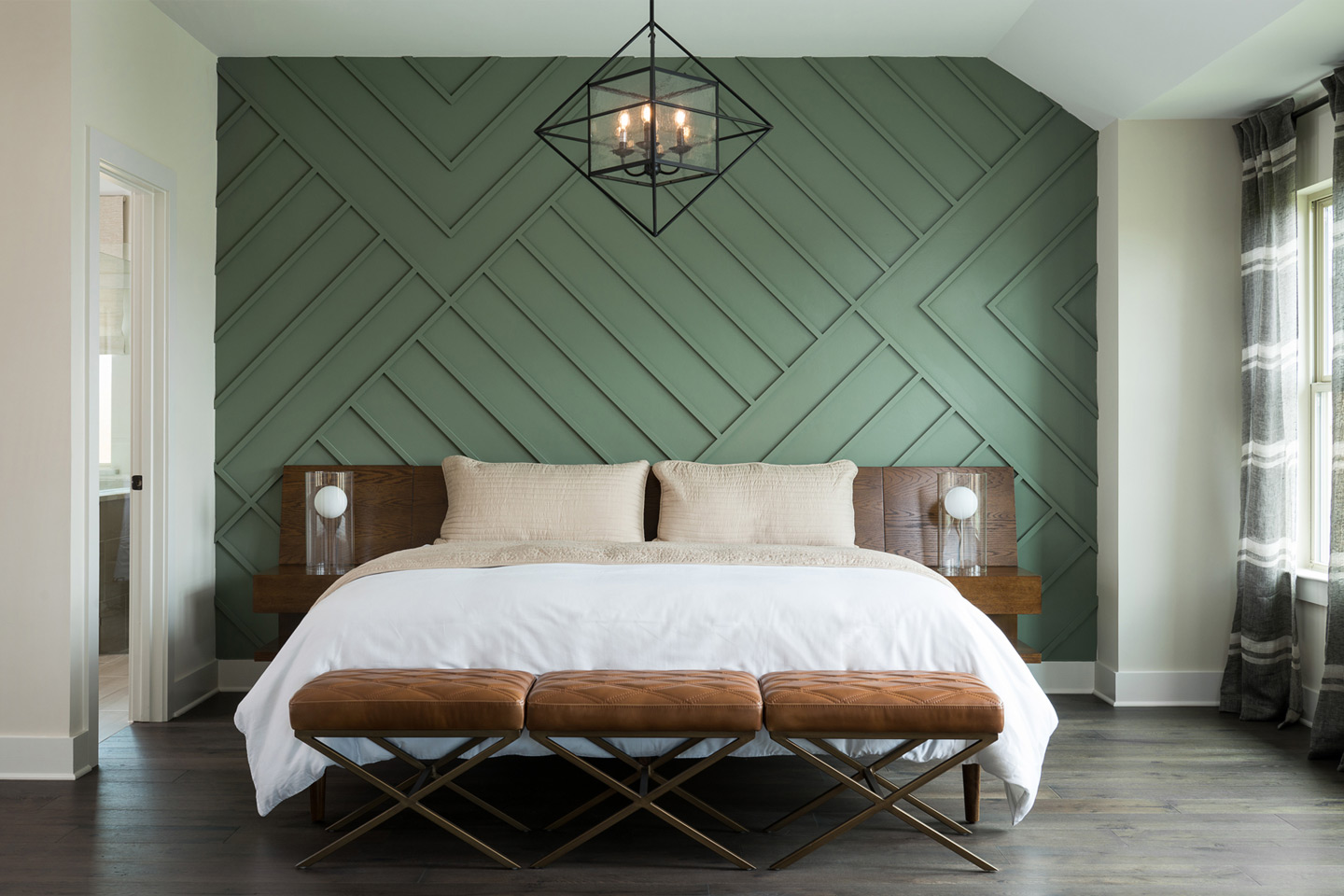
Connection
A failed accent wall is one that disconnects from the space. It feels disjointed, like a mistake. It can happen when the color of the accent wall doesn’t vibe with the other wall’s color. It can happen if the texture, like brick, wood, or wallpaper, isn’t the same design style as the furnishings in the room. An accent wall shouldn’t overpower the room so it’s the only thing you see —it should blend in, yet stand out in such a way that overall improves the energy of the space and how it’s used. It works best when it accents, or brings attention to an anchor in the room, like a fireplace, sitting area, artwork, etc.
Purpose
The most successful accent walls have an architectural or space-defining purpose. Sure, they add contrast, but beyond that, they help tell the story of the room. For example, a wall of built-in cabinets or shelving can be painted a different color to enhance the craftsmanship as well as define its function. Alcoves and niches benefit from contrast because they accentuate their shape and relationship to the space. And modern-day open concept layouts can use accent walls to help define shared living spaces. Accent walls themselves should feel like a piece of architecture in the room, like it’s always been there.
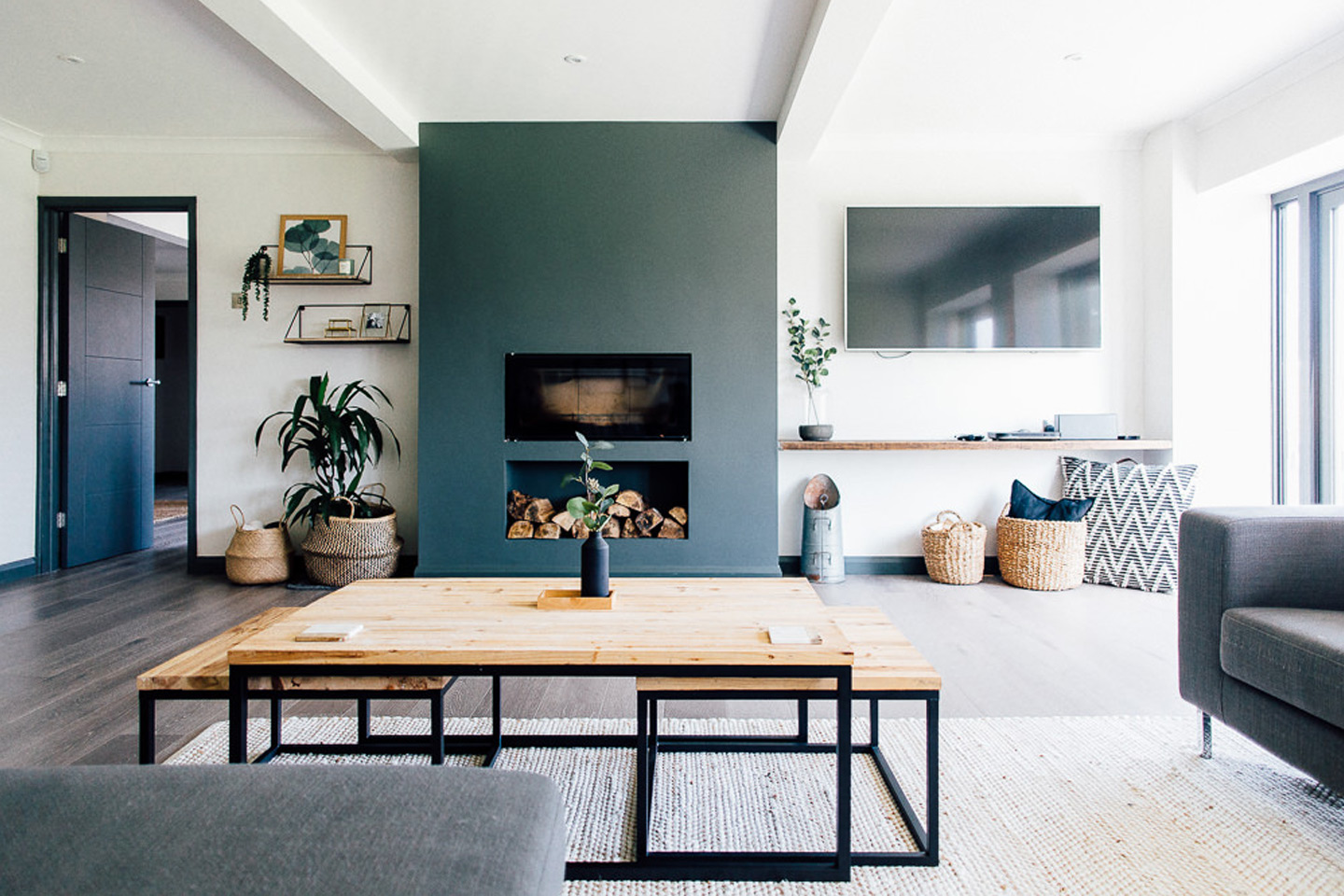
© Adam Crohill, Rockmystyle
We hope these tips give you the confidence to create a successful accent wall in your home. Don’t be afraid to be bold. Don’t be afraid to let your home shine. Make it your own using your personal style. You live there after all. Your home should be an extension of you. Accentuate the best parts with color or texture so when you’re in the space it feels alive and part of you.
RELATED READS
Designing with Indoor Plants
Monstera aka “Swiss Cheese Plant” © FeelPicAt one point in my life, I had over 30 indoor plants. But then my husband and I started havings kids, and I gave some away. Then we moved across the country, and I had to part with many, taking only about five with me. That...
Area Rug Tips in Home Design
© MagnoliaWhen designing a space, area rugs are an essential element to consider. Interior designers most often start their plan by choosing a rug first and building the room around it because rugs are the anchor of a room. They ground the space as well as the...
Five Tips for Designing Small Spaces
Don’t let IKEA have all the fun—you too can design a small space spectacularly! If you asked 10 interior designers how to design for small spaces you’d probably get a lot of different ideas because each space has its own story to tell. What works in one room may not...

